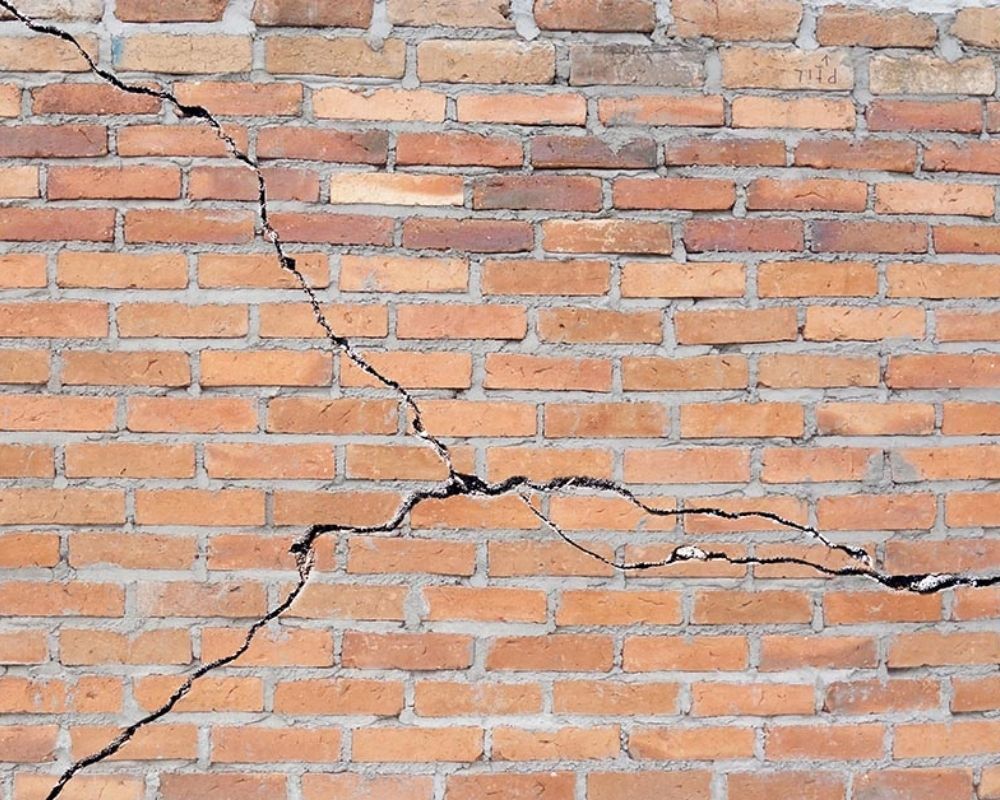If you’re a homeowner, you’ve probably heard the term “hydrostatic pressure” when discussing its foundation and potential foundation issues, like cracks. But what exactly is hydrostatic pressure and how does it affect your foundation? Let’s answer these questions and more in a detailed breakdown.
Hydrostatic Pressure Explained
In a nutshell, hydrostatic pressure is the force from any stagnant water. For example, water that pools or ponds in and around the soil of your home’s foundation exert hydrostatic pressure.
However, hydrostatic pressure can also be exerted by water that flows downhill, such as water that goes into the soil after a heavy rainstorm in Kansas City. Hydrostatic pressure, therefore, isn’t a constant force, but it can fluctuate depending on the season and local water table capacity.
Over time, hydrostatic pressure can push on the foundation of your home, especially if it is primarily made with a material like concrete.
How Does Hydrostatic Pressure Affect Foundations?
Imagine an unending and continual, if not always at the same level, source of pressure pushing on the foundation of your house. Even though your foundation is made of concrete or steel, those materials are not completely invulnerable or impregnable.
Given enough time, standing water can exert hydrostatic pressure against the walls of your foundation. The walls, therefore, will gradually lose strength over time and may become susceptible to problems like cracks. As a crack grows, more water can push into the foundation from within, weakening it even more quickly.
Overall, hydrostatic pressure starts as a small problem, but can quickly spiral into a much bigger issue. If it’s not taken care of, hydrostatic pressure can even destroy your house’s foundation and lead to widespread structural problems, like sinking floors or structural collapse.
Simply put: hydrostatic pressure can cause homeowners like you a lot of money!
How to Eliminate/Reduce Hydrostatic Pressure
Fortunately, there are many ways to either eliminate or reduce hydrostatic pressure. These methods include:
- Installing interior drains, such as certain basement gutters or sump pumps. Interior drains can relieve the hydrostatic pressure that pushes on the walls of your foundation by moving any subsurface or underground water away from the basement walls
- Repair any walls as soon as you see cracks appear. Although cracks that are smaller than 1/8 of an inch in width aren’t too much of a big deal at first, they can grow faster than you may think. Filling in the cracks with cement or through the assistance of a professional foundation repair service like KC Pier is always the smarter choice
- Improving exterior drainage or on your home. For example, if rainwater pools around your house in the spring, you need to make sure it doesn’t end up pressing against your house’s foundation. You can use tools like gutters or downspouts to move water away from the home to other places on your property
As you can see, hydrostatic pressure might be something all homeowners deal with, but it’s never a problem you have to surrender to. The right plan can help you control or prevent hydrostatic pressure from affecting your house for years to come.
Contact KC Pier for Assistance
No matter how hydrostatic pressure affects your foundation right now, it’s always a good idea to contact KC Pier if you suspect you’re having problems in the first place. As the leading home foundation repair experts in the Kansas City area, we’re well equipped and ready to help you tackle hydrostatic pressure or repair foundation cracks depending on what you need. Contact us today for more information about hydrostatic pressure or to sign up for an initial evaluation!

